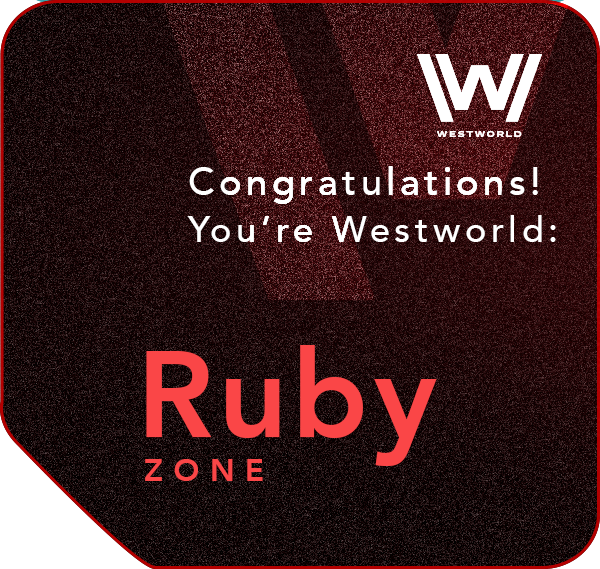Westworld‘s second season promises viewers further exploration into the questions raised by the first, and its marketing activations have kept to the same promise. Sending out an email invitation to “recent visitors” to the park, HBO is launching another, even more mysterious Facebook Messenger chatbot, named Tes.
“You’ve been selected to join Westworld Elite Status—a one-of-a-kind program available exclusively to our most loyal park guests,” Tes says as she opens the conversation.
But, this being Westworld, there’s more to it than there seems at the surface. Tes is HBO’s second chatbot to promote its sci-fi western series—its first bot, Aeden, was nominated for a Shorty Award last year.
But where the previous chatbot acted as a concierge for the park, guiding users to visit the Westworld website, Tes has longer-reaching goals. After posing a series of philosophical questions and ethical dilemmas (and “glitching,” as the show’s robots are wont to do), the bot assigns its conversation partner to one of four different “zones” based on their answers.
“Ruby Guests know what they want and have the strength to take it. They make choices in the blink of an eye, understanding that nothing is worse than indecision. With Ruby access, the whole world is yours to conquer,” Tes states for users who responded to questions decisively. “I think you and I are going to get along great, Will. Your power and lack of scruple could be of great service.”

Once a user is assigned to a “zone,” that’s the end of the interaction; no further attempts at conversion required. Tes drops a quote in Latin from Virgil’s Aeneid that Reddit users are already hard at work unpacking.
In addition to tapping into the “sorting hat” process that helped make Pottermore and legions of Buzzfeed quizzes so popular, the chatbot promises to keep users in the loop with content and activities designed specifically for them, turning the exercise into a bizarre form of meta-fictional loyalty program.
“Now that you’re an Elite Status member, you’ll hear from me every week with exclusive offers, activities, and updates available only to Ruby guests,” Tes states. “You have no idea what’s in store.”

